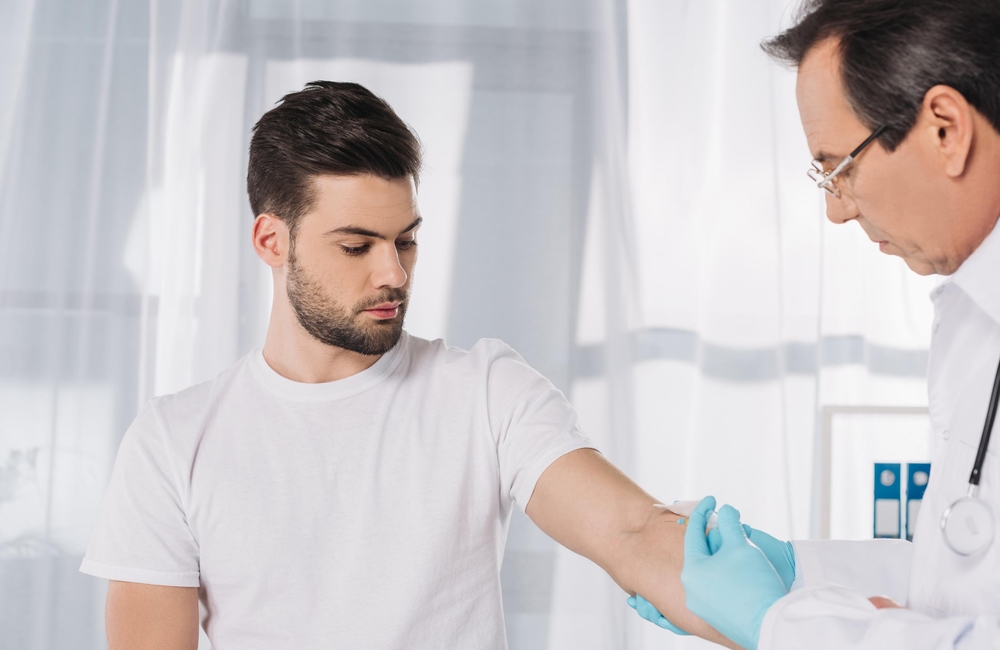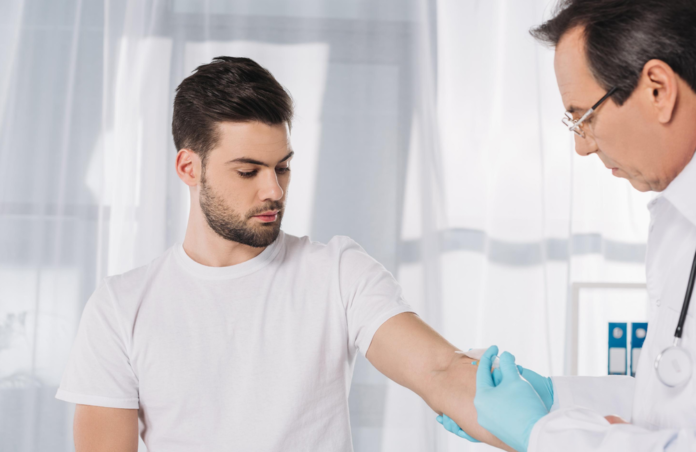
Levels of sexual health screening among gay men taking PrEP fall well below recommended levels, investigators from the United States report in the online edition of Clinical Infectious Diseases. Rates of testing for sexually transmitted infections (STIs) in the rectum and throat – which can be asymptomatic – were especially low, so too testing coverage in south-eastern US states which have an especially high burden of HIV and STI infections among gay and other men who have sex with men.
“Consistency of STI screening at PrEP care visits was lower than recommended, especially for rectal and pharyngeal infections that are mostly asymptomatic,” write the authors. “Our findings also highlight the regional variation in gaps between recommendations and PrEP clinical practice overall, and raise concerns about whether comprehensive PrEP care as currently practiced would be effective for STI control.”
Tenofovir-based PrEP is highly effective at preventing infection with HIV but the treatment provides no protection against STIs. Pre-existing research shows elevated STI rates among PrEP-using gay men, probably the result of increased surveillance and sexual risk behaviour. The Centers for Disease Control and Prevention (CDC) therefore recommends that gay men taking PrEP should have comprehensive check-ups for bacterial STIs every three to six months. These sexual health screens should include tests for chlamydia, gonorrhoea and syphilis, with swabs or samples taken from the urethra, throat and rectum.
Several regional studies have suggested that screening coverage does not meet recommended guidance. A team of investigators led by Dr Christina Chandra of Emory University expanded this research base, examining national US data collected between 2017 and 2019 from HIV-negative gay men enrolled in the ARTnet study.
Information was obtained concerning PrEP use and STI screening. The aim was to determine overall frequency of sexual health testing and also to determine if this differed by geographical region. This was because of concerns that gay men in south-eastern states have poor access to affordable health care, a situation that is especially worrying given that over half of new HIV diagnoses among gay men in the entire US are in this region.
A total of 3259 sexually active HIV-negative gay men aged between 15 and 65 years were recruited to the study. Approximately three-quarters were White, 51% were aged 15 to 34 years and 23% lived in south-eastern states. Just under a fifth (19%) were currently taking PrEP and 6% had taken PrEP in the past.
A sexual health screen in the previous 12 months was reported by 89% of current PrEP users, 71% of men who had previously taken PrEP and 44% of individuals who had never taken the therapy.
Attending PrEP care every three months was reported by 84% of current PrEP users and 71% of prior users.
Overall, 91% of gay men who had ever used PrEP said they were always screened for HIV at their follow-up visits.
But screening rates for STIs were well below recommended standards. The proportion of current PrEP users who reported that care visits “always” involved STI throat swabs, rectal swabs, urine samples/urethral swabs and a blood test for syphilis was 44%, 37%, 59% and 70%, respectively. The corresponding figures for previous PrEP users were 35%, 32%, 50% and 57%, respectively.
Even more concerning, large proportions of men who had ever taken PrEP reported they had “never” had a rectal swab (35%), throat swab (28%) or provided a urine sample/urethral swab (17%) during a PrEP follow-up visit.
Combined analysis of men who were currently taking or had ever taken PrEP showed consistent screening for syphilis was reported by 87% of individuals, with 78% saying they were consistently tested for urethral STIs. This was higher than the proportion stating they were consistently screened for STIs in the throat (64%) and rectum (57%).
Consistent screening rates were consistently higher among younger (15 to 24 years) compared to older (55 to 65 years) gay men.
Regional variations were also detected, with 66% of men in south-eastern states reporting consistent STI screens compared to 80% of men residing in other regions. South-eastern men, compared to men in other regions, were also less likely to report consistent screens for infections in the anus (44% vs 60%) and throat (55% vs 66%).
Dr Chandra and her colleagues calculated that gay men in south-eastern states were 14% less likely than men in other regions to have consistent urogenital screens (adjusted prevalence ratio – aPR = 0.86; 95% CI, 0.76-0.98), 24% less likely to have consistent anal screening (aPR = 0.76; 95% CI, 0.62-0.93) and 13% less likely to have consistent throat swabs (aPR = 0.87; 95% CI, 0.74-1.03).
“These results have implications for regional improvements of comprehensive PrEP care at the patient, provider and systems level,” comment the authors. “Gaps in comprehensive PrEP care may exacerbate the large racial and sociodemographic disparities in HIV and STI incidence in the region.”
Earlier research has suggested that regular STI screening of gay men using PrEP could lead to substantial reductions in overall STI rates due to the detection and treatment of asymptomatic infections. But the findings of this study suggest that inconsistent testing means that this is unlikely to occur and that action is needed to improve rates of testing, especially in south-eastern states.
“Barriers exist to complete adherence to CDC PrEP guidelines for STIs at all exposure sites among men who have sex with men,” conclude Dr Chandra and her co-authors. “This is especially true in Southeastern states where the STI burden is high.”








